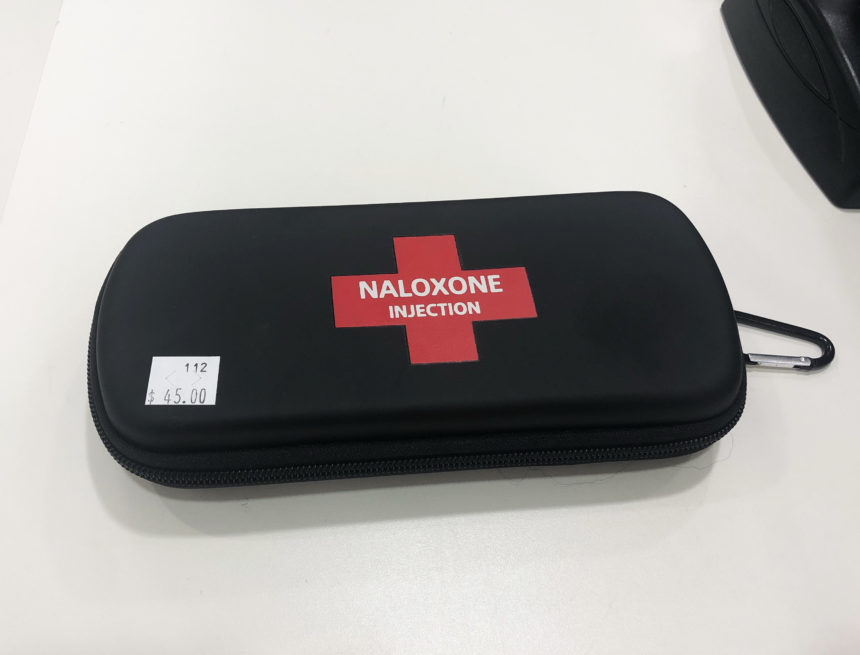With an opioid crisis rising across the country, Naloxone is becoming more accessible for individuals seeking training and to obtain a kit in order to be responsive to those suffering an opioid overdose.
Training and kits have been readily available to the public since early 2016 and since has been encouraged to the public.
Naloxone temporarily reverses the dangerous effects of an opioid overdose and can ultimately save the life of individuals during an overdose. It only works on opioids such as morphine, heroin, methadone, oxycodone, and fentanyl. The kit can be obtained for cost at pharmacies and or free through funded programs from the province or Health Canada. The kit is compact and has a cross on the packaging.
As of April 2018 Naloxone has been available to First Nations and Inuit who are eligible under the Non-Insured Health Benefits Program (NIHB) in both nasal spray and injectable forms. It can be prescribed by a pharmacist or physician. On Health Canada’s website it states “The Government of Canada encourages those who use drugs, and people close to them, to get a kit.”
Many urban centers are taking an open approach in offering training at coffee shops, clinics, and pharmacies. However some Indigenous communities are struggling for programming and community support.
Arlene Cyr, director of health for the Peepeekisis First Nation explains that the training was offered in the last year.
“We offered the training to everybody, however we didn’t have a good turnout.” Cyr said. “ It was basically staff who attended.”
The community partnered with the Women’s Health Centre in Fort Qu’Appelle to provide the kits and training.
Along with the low participation Cyr explains the struggle to start the conversation and encouraging community members to participate in training has been tough,
“Within communities there’s that shame and that guilt so they probably won’t want to come out,” she said.
Cyr doesn’t know how severe the opioid crisis is within her community yet a strategy has been on her mind for some time.
“It still is quiet well hidden — if we did know then we would definitely step up on it.”
Cyr also explains although they haven’t heard of any opioid overdoses in the community, that doesn’t mean there aren’t any community members effected.
“We have a lot of transient people who come for a while, leave and are back and forth,” said Cyr.
Cyr explains that if there was regular programming implemented it would be a part of the National Native Alcohol and Drug Abuse Program (NNADAP), a federally program where communities have full-time workers.
“It would become part of the programming…it would be NNADAP for sure.”
Currently there is no strategy to reduce and prevent opioid substance abuse within Indigenous communities from the federal government, but some believe the need is there.
Lorraine Walker, director of the File Hills Community Health Centre located on Okanese First Nation, shares Cyr’s belief there is a need for an opioid strategy amongst Indigenous communities,
“It’s very important,” said Walker. “There currently is no opioid strategy which means there is no specific funding.”
Which means many of the already placed initiatives come from the NNADAP programming.
Walker also explains that File Hills Community Health Center representatives are in direct contact with Health Canada and that the training that was offered prior was in partnership with Health Canada.
Although a Health Canada official refused to comment on the topic of a potential new strategy, a representative shared a link via email with its most recent news release that describes how naloxone nasal spray is available for First Nation and Inuit peoples who are eligible through non-insured health benefits program.











